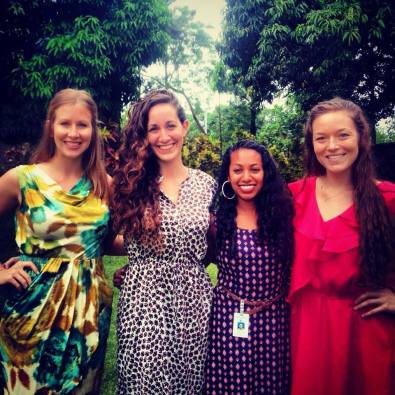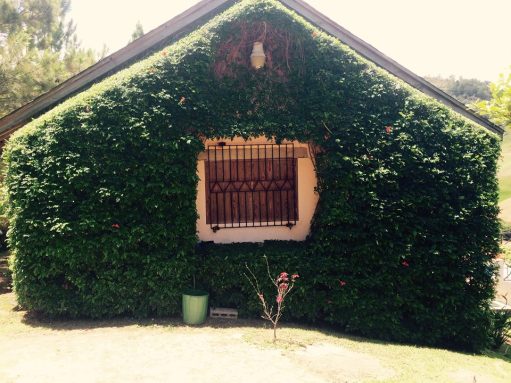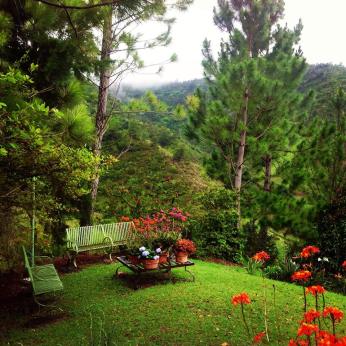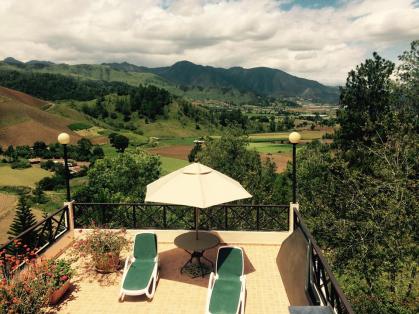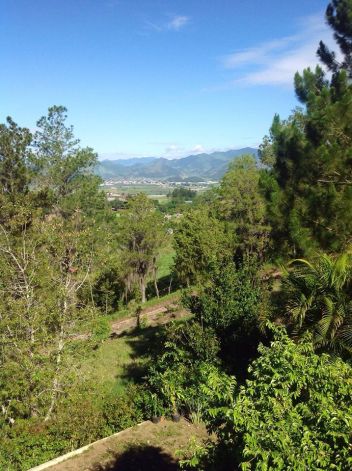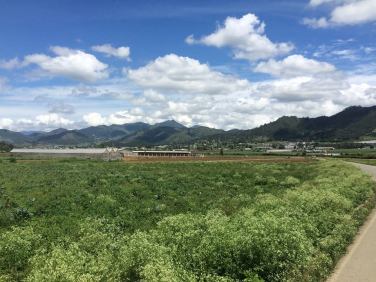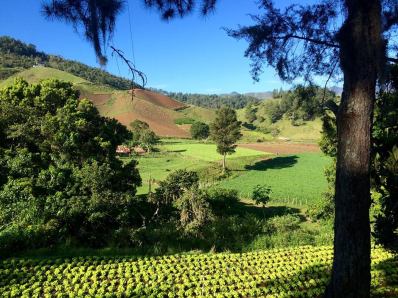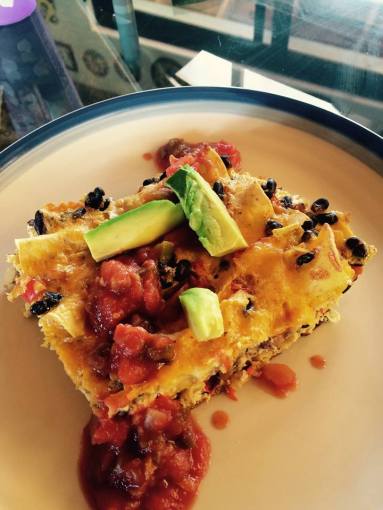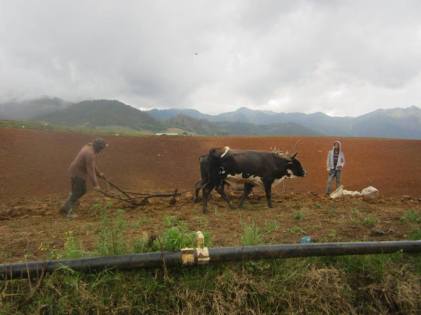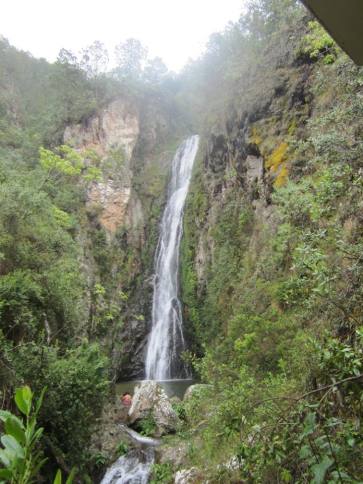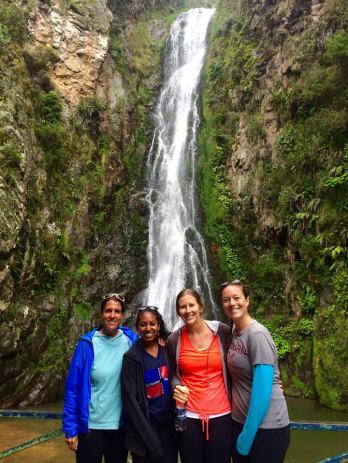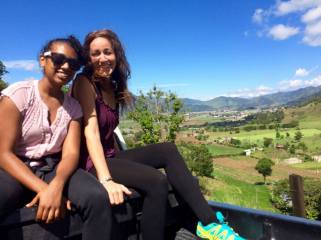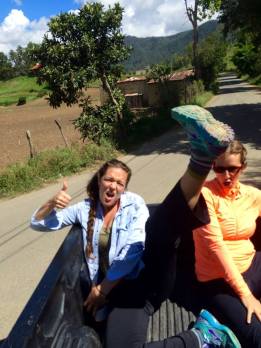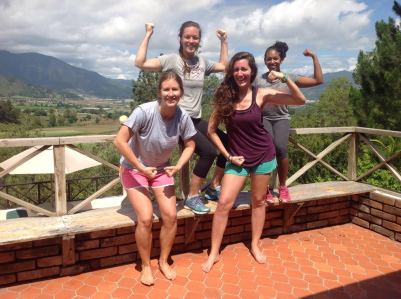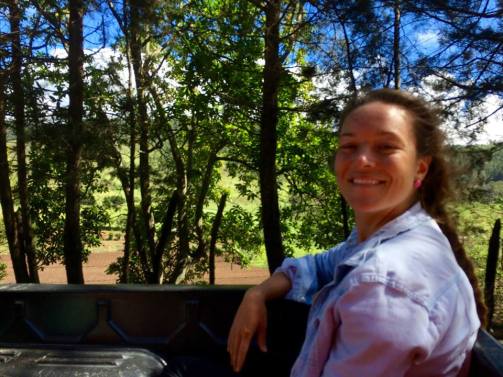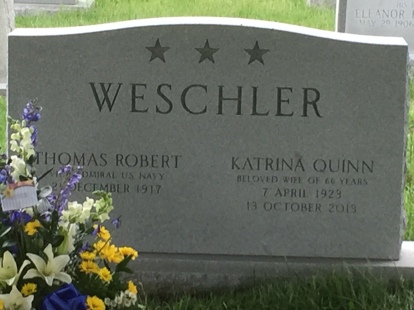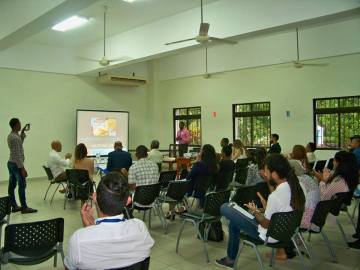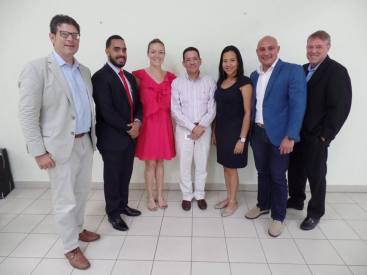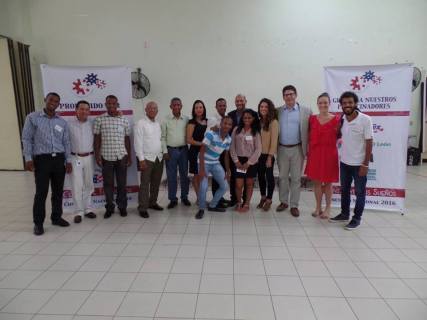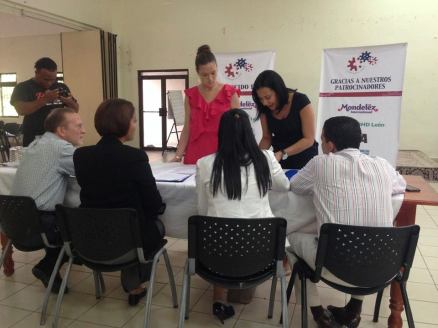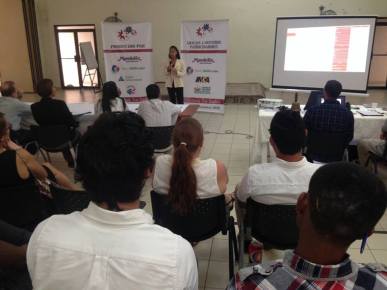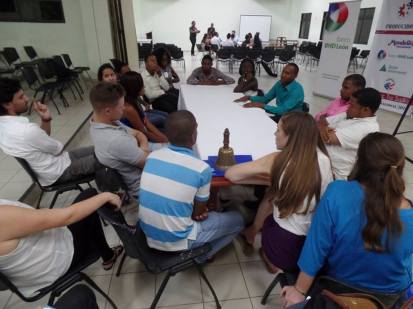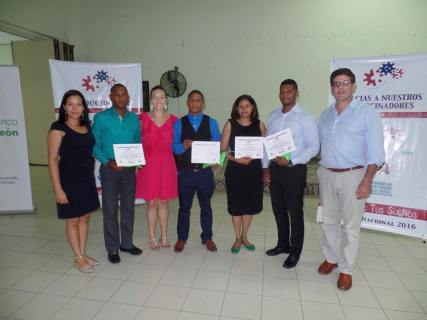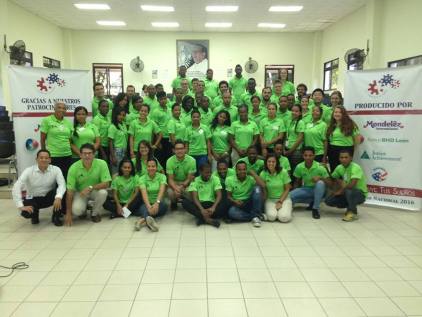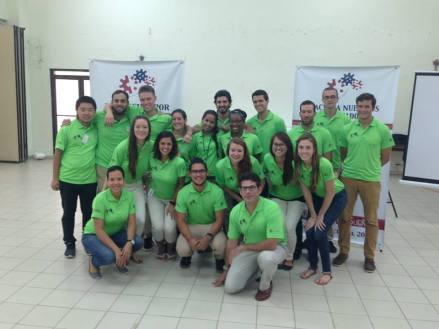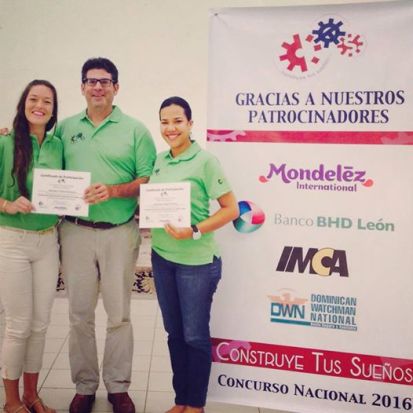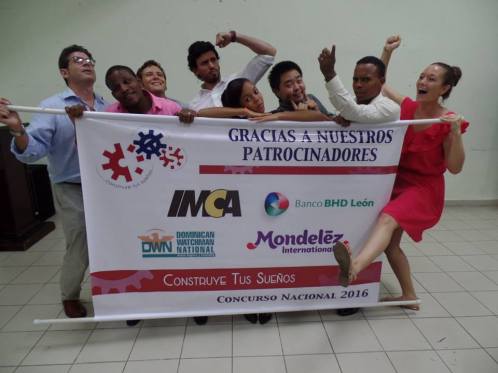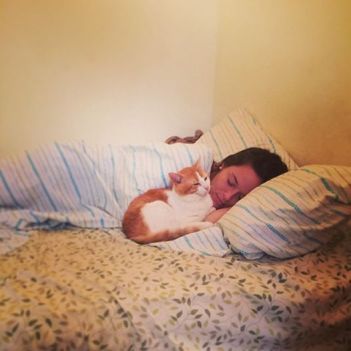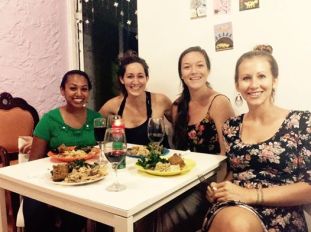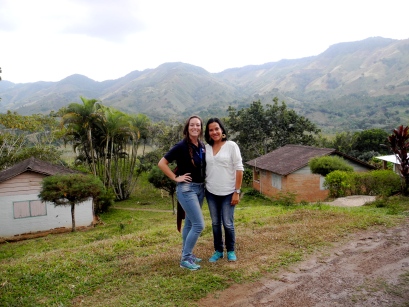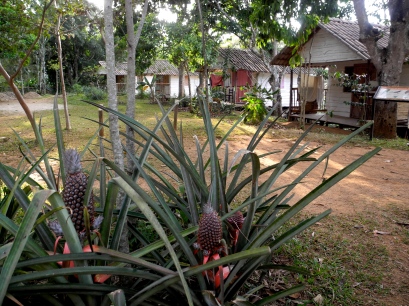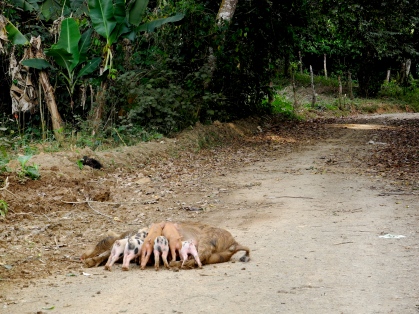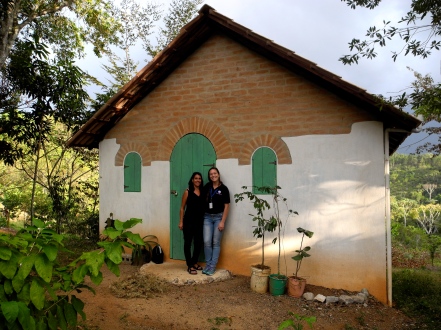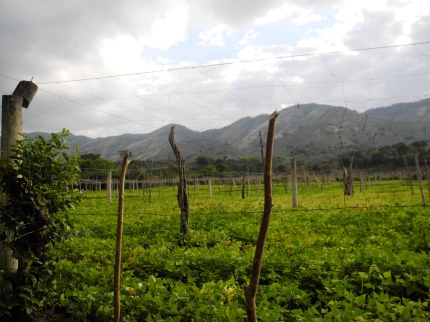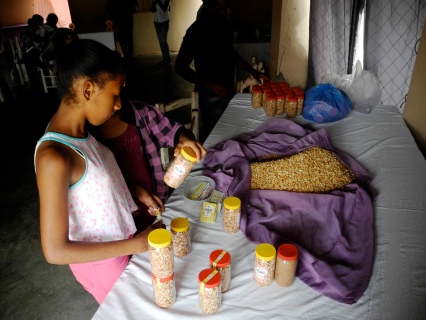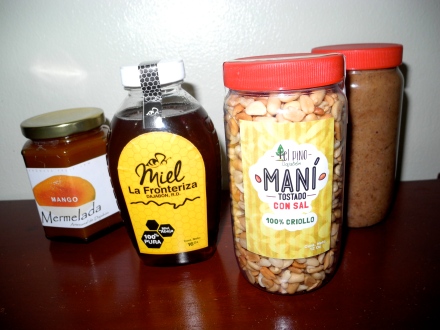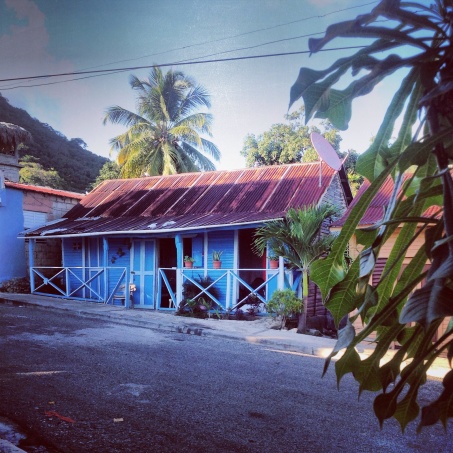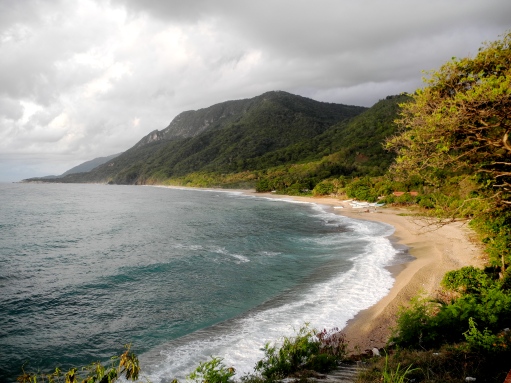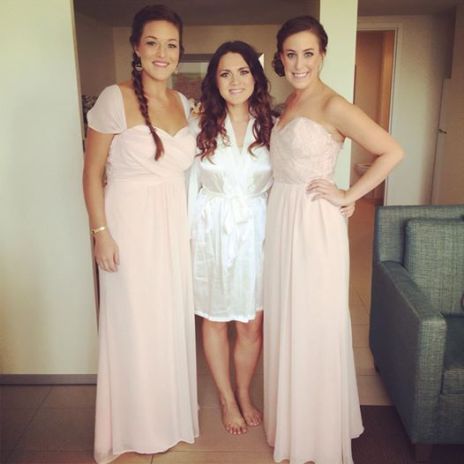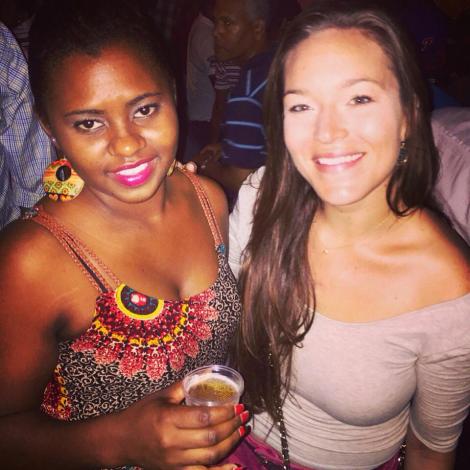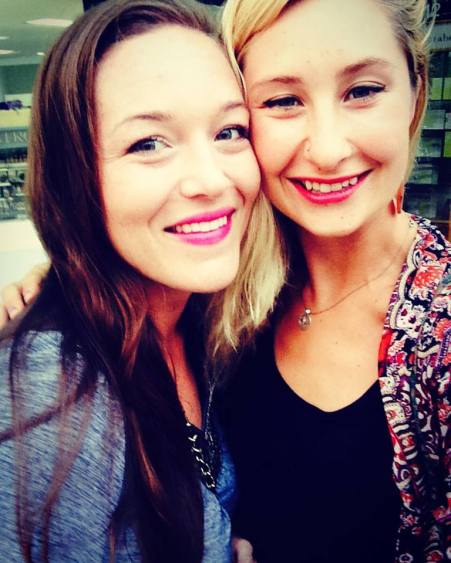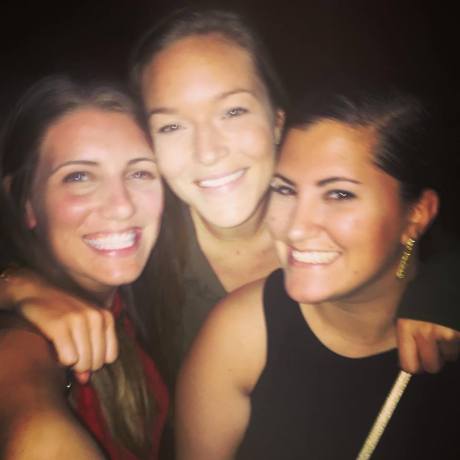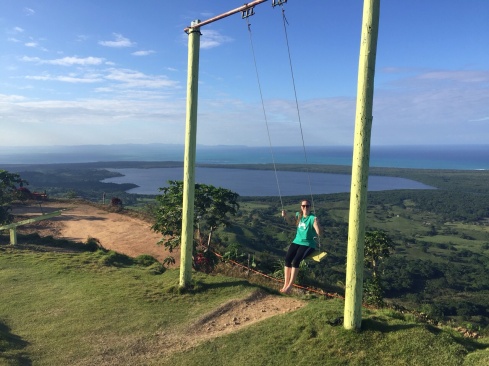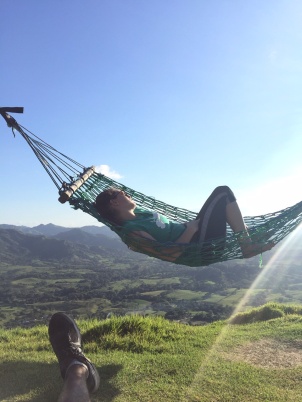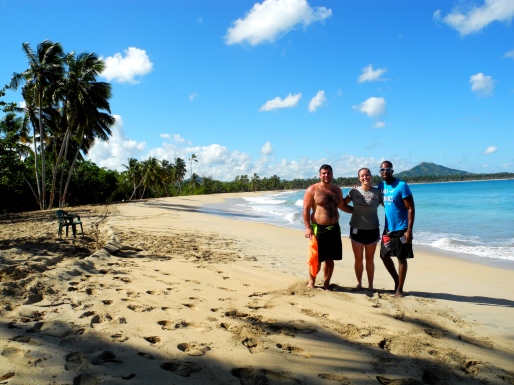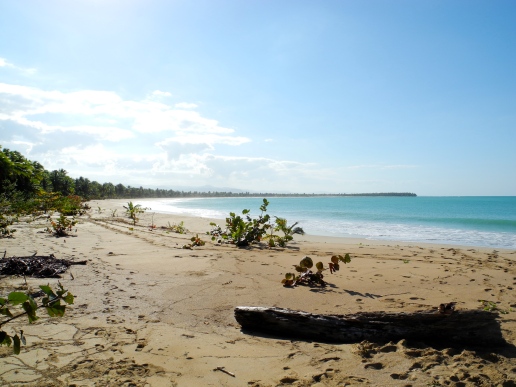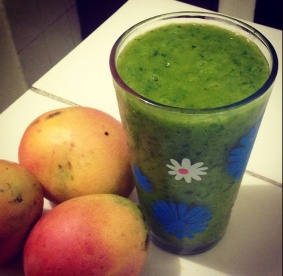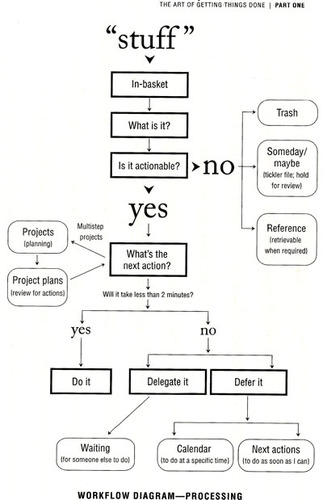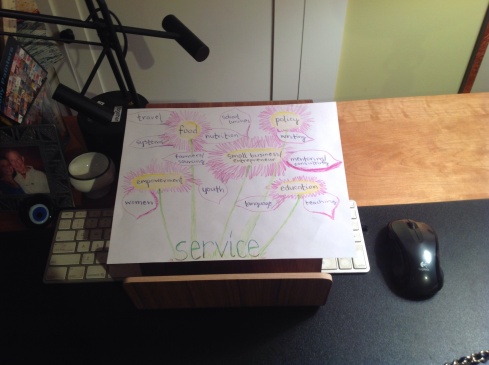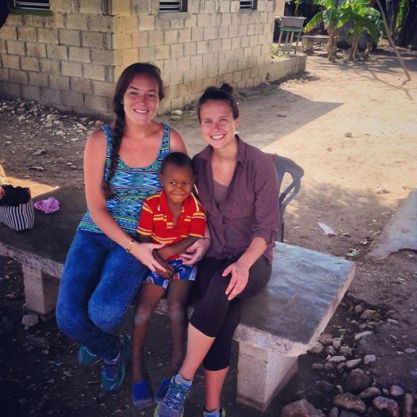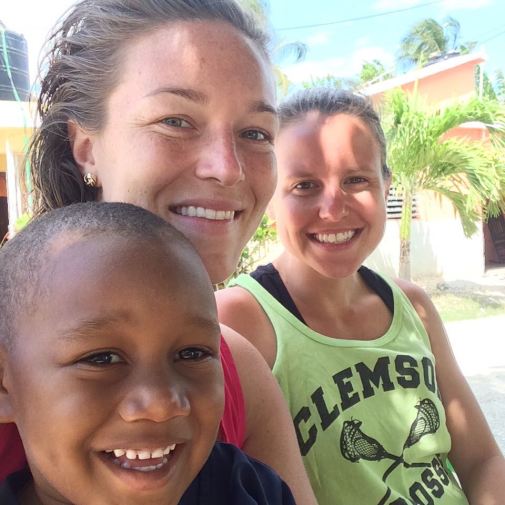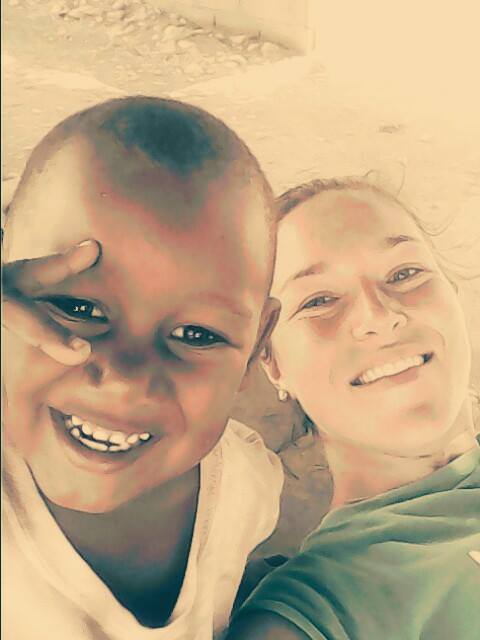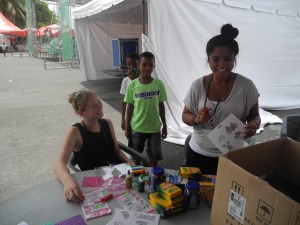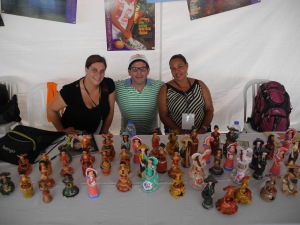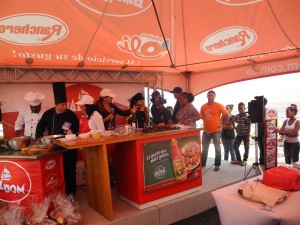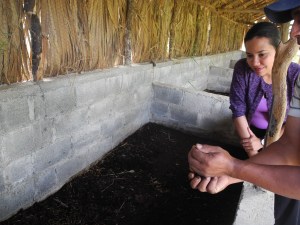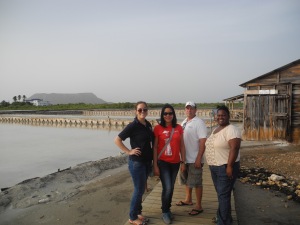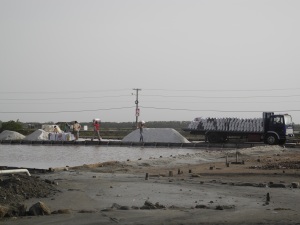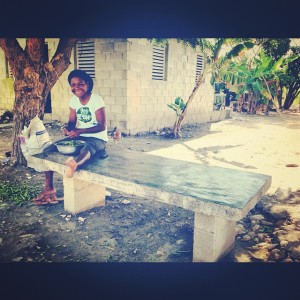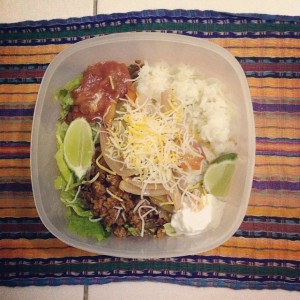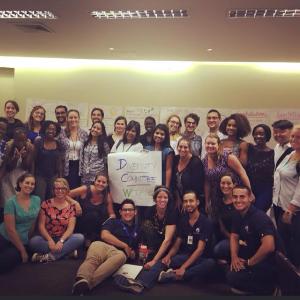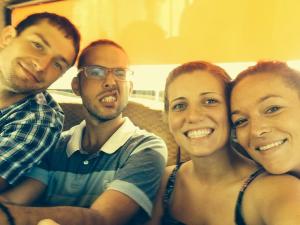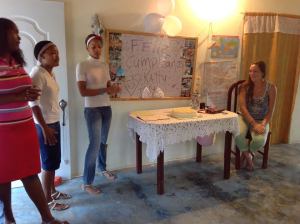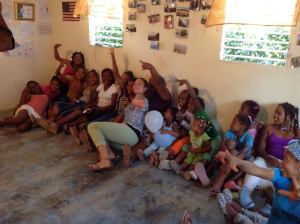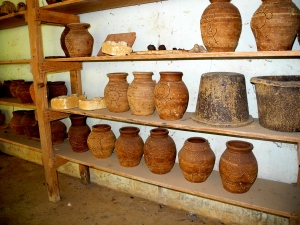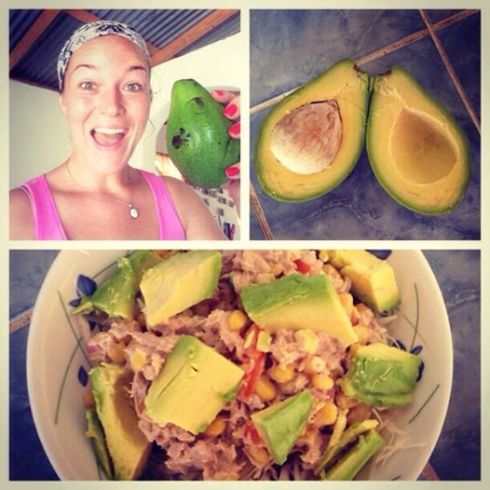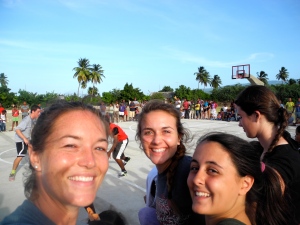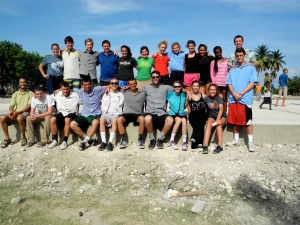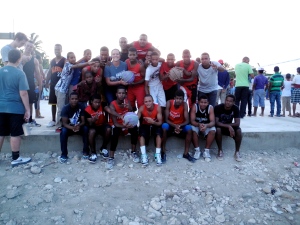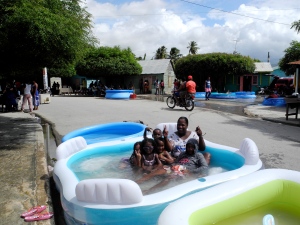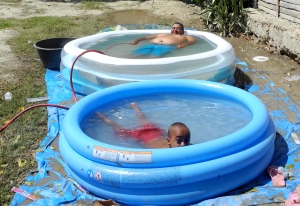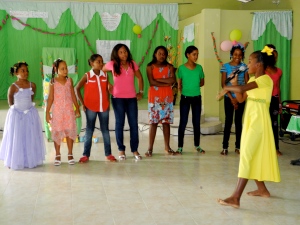Seeing as I’m a Community Economic Development volunteer, it makes sense to support local business. That means I should buy an avocado from every vendor that passes my house, right? Right. Where else in life will I be able to purchase 7 avocadoes for 30 pesos (about $.70)? I justify the amount of pesos I spend on avocados because a) they’re freaking delicious and pair so nicely with almost any savory food and b) because avocado season is very sadly coming to an end. Good news though is that I’m starting to really understand how to identify an average avocado from a fabulous avocado, so I’ll be fully prepped for when next year’s harvest comes around. They say that your avocado is ripe and has a good amount of ‘meat’ on it if the pit inside moves around when you shake the avocado. We learn new things everyday on the job.
In other news, I got married! Twice actually, to my neighborhood friends Juana (7) and Raimon (9). It was a starry and luz-less night, and all my neighbors were in attendance for the ceremony. Definitely an entertaining way to pass the time when there’s no electricity, and certainly an unforgettable memory.

Happy newly weds – Juana and I
On a more serious note, about two months ago some of the members of La Cabrita and I submitted an application for funding to the Dominican branch of the American Chamber of Commerce (AMCHAM-DR). The project we completed was very detailed – 40 pages of all sorts of information about the organization, as well as a proposed project regarding the commercialization of the association and the products they make. We applied for nearly RD$200,000 to advertise in the region via radio and guagua (a truck that would drive around various towns blasting the announcement – actually a very effective way to promote here). Among other things, the money would also be used to develop a website, print over 3000 brochures, plan 4 promotional/sampling events, post signs around the community to direct visitors to La Cabrita, and provide each member with a polo shirt and hat to wear to organizational or promotional activities. We chose to focus the campaign in the region of Barahona because while the goal of La Cabrita is to eventually distribute their cheese and yogurt on a national level, their level of production is simply not big enough to satisfy such a large market.
There were almost 15 groups that applied for funding, and though AMCHAM had the funds to back all of the projects’ budgets, not all were approved. But ours was! The approval of this project will not only increase the sales and recognition of La Cabrita, but it also boosts the confidence of the group members; it demonstrates that they have a realistic and progressive vision, and the capacity to develop a detailed project plan and budget. More on the AMCHAM project to come, but we hope to start executing the first steps by the New Year.

Laguna Oviedo
Four times a year all the volunteers in a particular region get together for what’s called a Mini-VAC. We discuss Peace Corps policies, share what we’re doing in site, and address any concerns or suggestions we have to improve our experience in country. I’m in Region 1 (the southern-most provinces, also known as the best region), and for our last meeting of the year we split up. Some went to Lago Enriquillo (a huge salt lake that is officially the lowest point of the Caribbean – I will make it there one day), and the rest of us went to Laguna Oviedo.

Flamingoes
The lagoon is good-sized, salty, and at this time of year, a stopping point for flamingoes during their migration south for the winter. There are a number of species of flora and fauna that are found only in the area of the lagoon; rhinoceros iguanas inhabit two small islands. For those that are wondering, iguanas do have teeth. My friend found this out while trying to hand feed one.
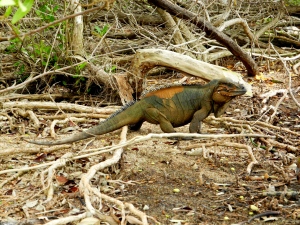
Rhinoceros Iguana
We submitted our budgets for Courts for Kids – one regarding the construction of the court and another that included the costs for a group of 20 to stay in Pescadería for 7 days. At this point it looks like the construction of a 28 meter x 15 meter court will cost us RD$580,445.20 (US$13,869.30). Courts for Kids provides $5000 (RD$212,500) towards construction costs/materials. Between land preparation, labor, and various materials, my community will be supplying over RD$329,000 (US$7741). That means that we have about RD$47000 (US$1100) to raise. Still trying to figure out the best way to go about the grant process, or if it’s still a viable option, but in the mean time we’re exploring all of our fundraising opportunities.

My Chicas Brillantes group – each girl made a mask to practice artistic expression and to understand the importance of uniqueness
Which reminds me. People here love fundraising, particularly raffles. Every senior class in the high school here is required to raise money for their graduation in June. Aside from raffles, favorite methods of fundraising include selling beer in tents during patronales, peones (blocking the road with a rope until the passing vehicles give you money) and giras (low-cost field trips with a large group of people). A couple weekends ago I joined the senior class on a trip to the Marias de Neyba, a crystalline, fresh-water pool located about an hour north of Pescadería. Not sure how much money they actually raised after driving 4 busloads of people so far (it cost RD$150/person to go), but we all had fun nonetheless.

Marias de Neyba
Back to the raffles. There’s at least one doña that passes by my house everyday raffling sets of plates or cookware in a large tub. There’s normally a list of numbers 1-100, and you pay 5 pesos to pick one number – any number that hasn’t yet been chosen. She’ll take your name down, and if the number you chose gets picked, you win the contents of the tub AND the tub. Pretty sweet deal, especially because you can never have too many buckets here.
The way my neighbors are raffling off their pig is another option. Because they paid RD$5000 for the pig, they need to sell a lot more numbers and at a higher price. They put numbers 1-500 in a bag and charge RD$50 for you to pick one at random. They keep track of all the numbers that have been picked and by whom (mainly so people can’t accuse them of fraud), and once all the numbers have been sold, they put all the numbers in a bag and pick one out. The lucky winner will get the handsome fellow in the picture below, who will most likely be used to make longaniza (a traditional pork sausage spiced with lime and garlic that’s especially popular at Christmas time), and my neighbors will have earned RD$20,000.

Porky Prize
And if the people here love raffles, they’re smitten with gambling. Every day there’s a new banca in town, a tiny but noticeably colorful stand equipped with a computer where people enter to ‘play numbers’. Dominicans are intent on justifying which numbers they bet on – they’ll find their luck in dreams, clouds, random shapes, the time, etc. and then use what numbers they saw in their next gamble. Many people often place small sums on two numbers (Pale), and sometimes break even. Most lose, and just end up spending ridiculous amounts of money (think 10 pesos/day * 30 days/month * 12 months/year). Very few win the big bucks, but four months ago one of my neighbors did win RD$153,000.
I’m not planning on betting in the banca any time soon, though I am participating in my neighbor’s pig raffle (wish me luck, they pick the winner December 15th!), but I am counting down the days until I come home. That’s right, I’m headed back to the US for a 10-day vacation! In less than two weeks I’ll be mosquito-free, taking too many hot showers to escape the Vermont cold, and stuffing my face with any vegetable in sight.

Flamingo-ing at Laguna Oviedo
Tags: amcham, avocadoes, Dominican Republic, flamingoes, iguana, laguna, marriage, masks, oviedo, peace corps, rhinoceros
